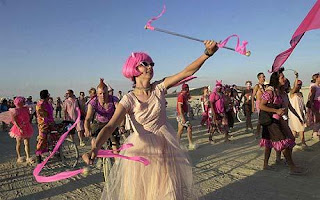 |
| Sprial Jetty 1970 |
AI'm personally a big fan of earthwork. For some reason it represents purity, innocence, truth, evolution, life and beauty to me. Perhaps it is because there aren't many chemicals used and death isn't necessarily a popular theme, something I'm not a big fan of.. Anyway, I found the Spiral Getty to be a magnificent piece of earthwork because I have never seen anything like it. It looks so beautiful and I think what makes it more special is that it is not always visible and it only becomes visible during droughts; besides that, water is always covering it. I'd be thrilled to go examine this Spiral Jetty myself.





























